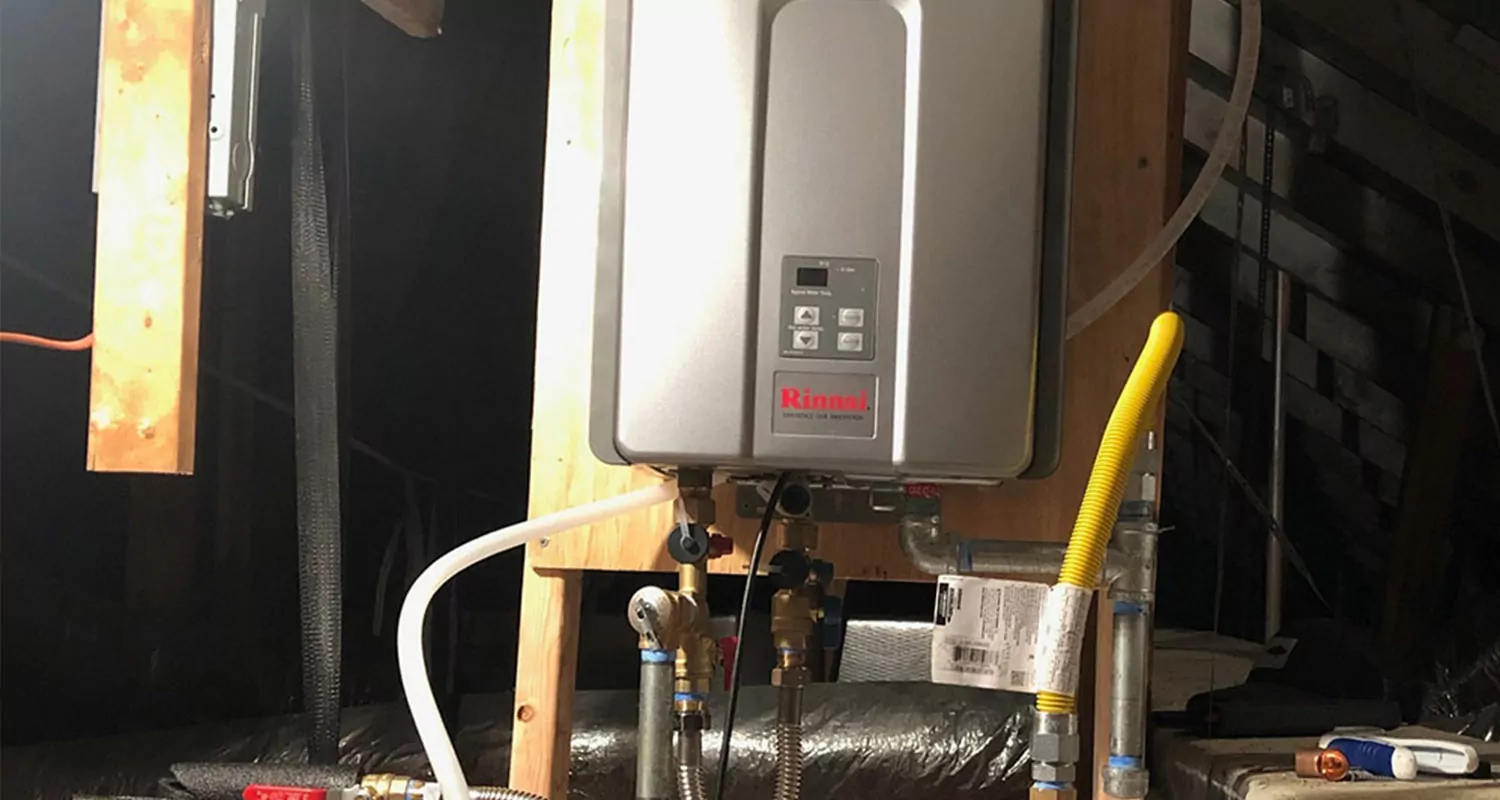Effective Techniques for Caring for Your Home's Hot Water SystemEasy Guide to Maintaining Your Home's Hot Water System
Effective Techniques for Caring for Your Home's Hot Water SystemEasy Guide to Maintaining Your Home's Hot Water System
Blog Article
We've discovered this post pertaining to Water Heater Maintenance Tips You Can't Afford to Forget below on the internet and decided it made perfect sense to discuss it with you on this page.

Warm water is essential for daily comfort, whether it's for a revitalizing shower or washing meals. To guarantee your hot water system runs successfully and lasts longer, routine upkeep is key. This short article supplies practical tips and insights on exactly how to keep your home's hot water system to prevent disturbances and pricey fixings.
Intro
Maintaining your home's hot water system may appear daunting, however with a couple of straightforward actions, you can guarantee it runs efficiently for several years to find. This overview covers every little thing from recognizing your warm water system to DIY upkeep ideas and understanding when to employ specialist aid.
Relevance of Keeping Your Warm Water System
Normal maintenance not only extends the lifespan of your hot water system but additionally guarantees it runs successfully. Ignoring upkeep can cause reduced effectiveness, higher energy costs, and also early failing of the system.
Indications Your Hot Water System Needs Maintenance
Knowing when your warm water system requires interest can avoid major issues. Keep an eye out for indicators such as irregular water temperature, unusual noises from the heating system, or corroded water.
Comprehending Your Hot Water System
Before diving right into upkeep tasks, it's useful to understand the standard elements of your hot water system. Generally, this includes the hot water heater itself, pipes, anode poles, and temperature level controls.
Monthly Upkeep Tasks
Normal regular monthly checks can help capture small issues prior to they intensify.
Flushing the Water Heater
Purging your water heater removes debris accumulation, improving performance and extending its life.
Checking and Changing Anode Rods
Anode rods protect against rust inside the tank. Evaluating and replacing them when broken is vital.
Examining and Changing Temperature Setups
Changing the temperature level settings ensures optimum performance and safety and security.
DIY Tips for Upkeep
You can do several upkeep tasks on your own to keep your warm water system in top problem.
Checking for Leakages
Routinely evaluate pipes and links for leaks, as these can bring about water damage and greater bills.
Checking Stress Relief Valves
Examining the stress relief valve guarantees it operates correctly and protects against excessive stress buildup.
Protecting Pipelines
Protecting warm water pipelines reduces warm loss and can conserve energy.
When to Call a Specialist
While do it yourself maintenance is helpful, some issues need specialist proficiency.
Complicated Concerns Requiring Expert Aid
Examples include significant leaks, electrical issues, or if your hot water heater is regularly underperforming.
Regular Specialist Maintenance Advantages
Specialist maintenance can include complete examinations, tune-ups, and making certain compliance with security criteria.
Final thought
Normal maintenance of your home's hot water system is vital for effectiveness, long life, and cost savings. By complying with these ideas and recognizing when to seek professional assistance, you can make sure a trustworthy supply of warm water without unanticipated disruptions.
How to Maintain an Instant Hot Water Heater
Before tinkering with your hot water heater, make sure that it’s not powered on. You also have to turn off the main circuit breaker and shut off the main gas line to prevent accidents. Also turn off the water valves connected to your unit to prevent water from flowing into and out of the appliance. 2. When you’re done, you have to detach the purge valves’ caps. These look like the letter “T” and are situated on either side of the water valves. Doing so will release any pressure that has accumulated inside the valves while at the same time avoid hot water from shooting out and burning your skin. 3. When the purge valves’ caps are removed, you have to connect your hosing lines to the valves. Your unit should have come with three hoses but if it didn’t, you can purchase these things from any hardware or home repair shops. You can also get them from retail stores that sell water heating systems. Read the user’s manual and follow it to complete this task properly. When the hosing lines are connected, open the purge port’s valves. 4. You should never use harsh chemical cleaners or solutions when cleaning your unit. Make use of white vinegar instead. It should be undiluted and you’ll probably use about 2 gallons. 5. Now flush your water heater. This task should probably take about 40 minutes. We can’t give you specific directions for this because the procedure is carried out depending on the type, model and brand of your heater. With that being said, refer to the user’s manual. 6. When you’re done draining the unit, you have to turn off the purge port valves again. Remove the hosing lines that you earlier installed on each of the water valves. Put the valve caps (purge port) back in their respective places and be very careful so as not to damage the rubber discs that are found inside these caps. 7. Now that everything’s back in place, check your user’s manual again to find out how to reactivate your water heating system. 8. Once it is working, turn one of your hot water faucets on just to let air pass through the heater’s water supply pipes. Leave the tap on until water flows smoothly out of it. https://www.orrplumbing.com/blog/2014/september/how-to-maintain-an-instant-hot-water-heater/

As an enthusiastic person who reads on Tips on Maintaining a Water Heater, I assumed sharing that blog post was worth the trouble. For those who liked our blog post kindly don't forget to share it. Bless you for being here. Come back soon.
Details Report this page